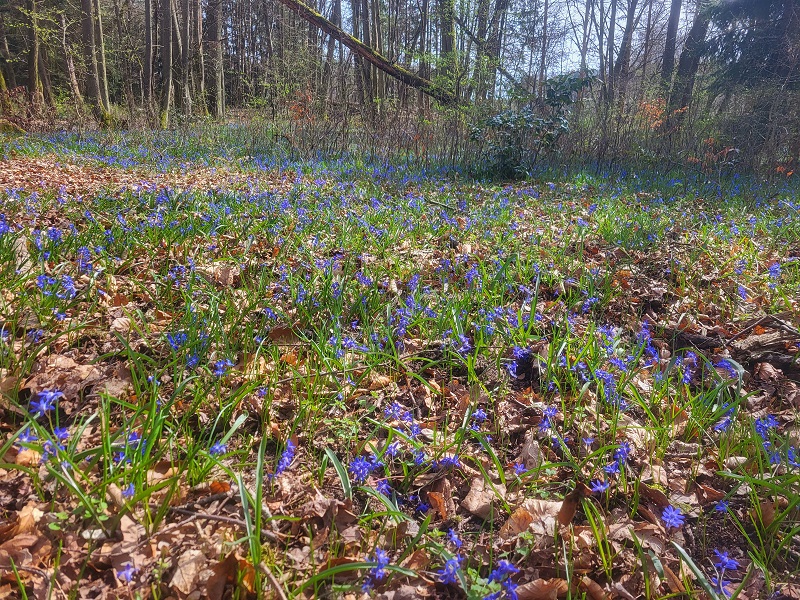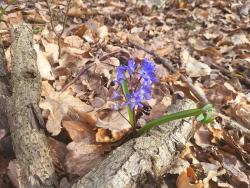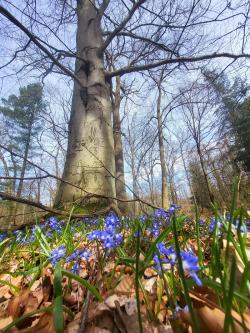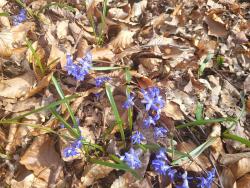 Asset Publisher
Asset Publisher
Sale conditions
Sale conditions of wood are specified by the regulation of Director – General of the Sate Forests.
Within the framework of the individual sale , the foresters try to meet the fast growing demand, because more and more people use wood in order to heat their houses. Contrary to general opinion, these are not only village people, even though they prevail among recipients. The growth of firewood demand is the result of occurrence of new housing estates built in the suburbs of large agglomerations, where houses are usually equipped in fireplace heating installations.
Firewood is not only the most ecological heat source, but also is much more attractive in respect of relation of price and electric efficiency, rather than cola, oil, gas or electric power.
In recent years, the Sate Forests increased the sale of firewood of one third – up to over 4 million cubic meters annually. Firewood is not only the most ecological heat source, but also is much more attractive in respect of relation of price and electric efficiency, rather than cola, oil, gas or electric power. Some of customers choose already prepared and cut into pieces wood, the others very willingly obtain it by themselves after arranging all details and fulfilling particular safety conditions, and after paying the fee; that concerns mainly so called "thinnings". Such a raw material is very cheap, that is why many people from village areas profit from such possibility.
 Asset Publisher
Asset Publisher
LEŚNE GEOFITY
LEŚNE GEOFITY
Tegoroczna wiosna klimatyczna czyli okres w którym średnie dobowe temperatury powietrza wahają się pomiędzy 5 a 15°C nastała wyjątkowo szybko. Efektem tego jest wiele kolorowych kobierców roślin porastających dno lasu.
Ciekawe kompozycje tworzą tzw. leśne geofity czyli rośliny, które wczesną wiosną możemy spotkać w buczynach, grądach lub dąbrowach. Geofity to byliny posiadające pączki odnawiające, które spędzają niekorzystny dla wegetacji okres roku w organach podziemnych takich jak bulwy, kłącza lub cebulki. Na terenie Nadleśnictwa Wymiarki pojawiły się fioletowo-niebieskie płaty porośnięte cebulicą dwulistną (Scilla bifolia). Widok kolorowych gron kwiatowych w drzewostanach bezlistnych, rozpoczynających dopiero wegetację stanowi ciekawą kompozycję barwną.

fot. Jakub Kazimir
Warto zwrócić uwagę na leśne geofity podczas leśnych wędrówek, zanim „zaginą” w późniejszej, bardziej bujnej roślinności. Wspomniana roślina jest gatunkiem charakterystycznym dla zbiorowiska roślinnych Querco-Fagetea czyli mezotroficznych i eutroficznych lasów liściastych zrzucających liście na zimę, rosnących na glebach mineralne o różnym stopniu wilgotności. Cebulica dwulistna kwitnie od marca do kwietnia. Jest samopylna lub zapylana przez owady. Ciekawostką jest tzw. myrmekochoria czyli roznoszenie nasion roślin przez mrówki, które gubiąc nasiona podczas transportu do mrowiska przyczyniają się do powiększania areału występowania danej rośliny. Obszar na którym występuje opisywana roślina to teren gdzie w okresie przed II wojną światową tętniło wiejskie życie, lecz osada nie dotrwała do czasów dzisiejszych. Należy również stwierdzić, że tak bujne kobierce występujące w roku bieżącym są efektem znikomej populacji dzika występującej na tym terenie, co stanowi skutek obecności ASF oraz redukcji populacji tego gatunku realizowanej przez myśliwych.




 Cebulica dwulistna (fot. J.Karwański)
Cebulica dwulistna (fot. J.Karwański)
 fot. Jakub Kazimir
fot. Jakub Kazimir
 fot. J.Karwański
fot. J.Karwański



